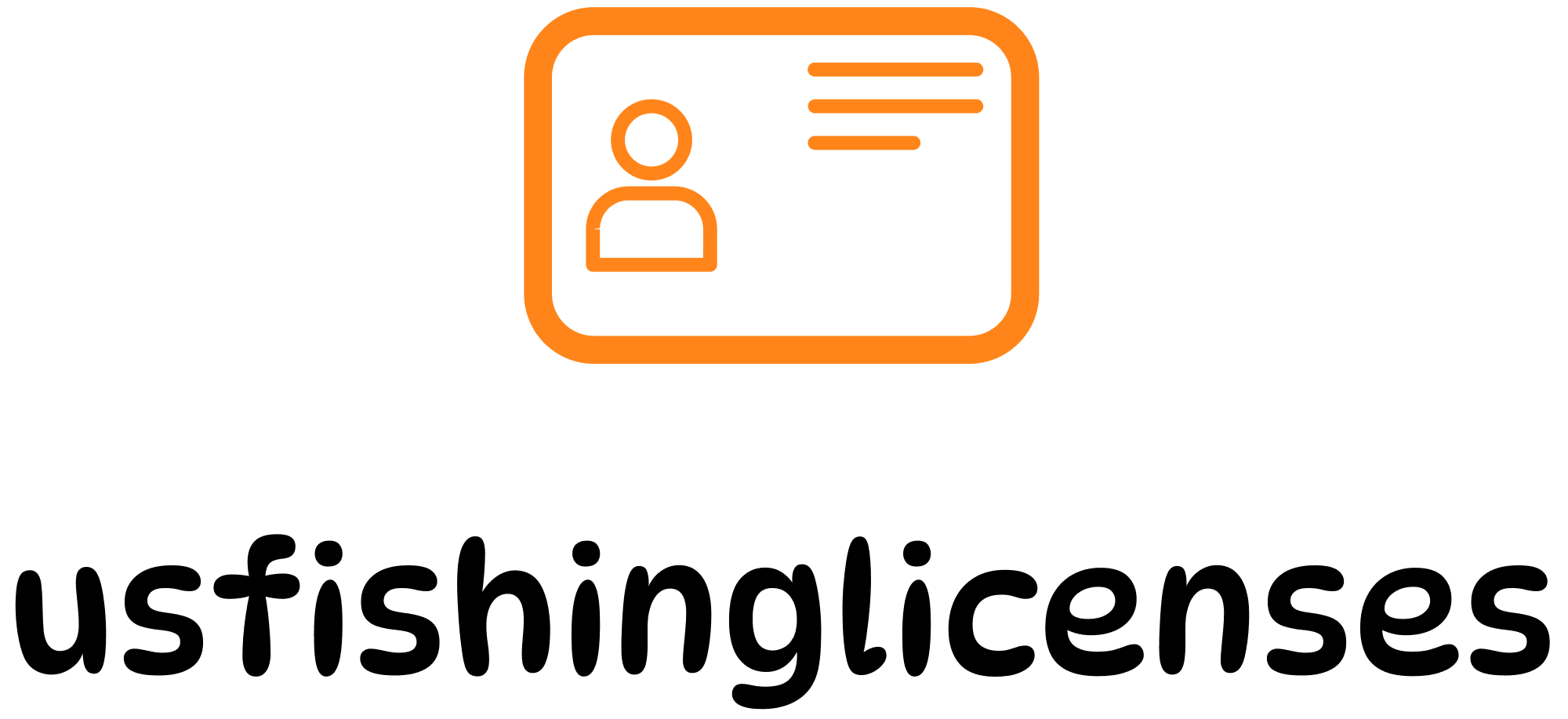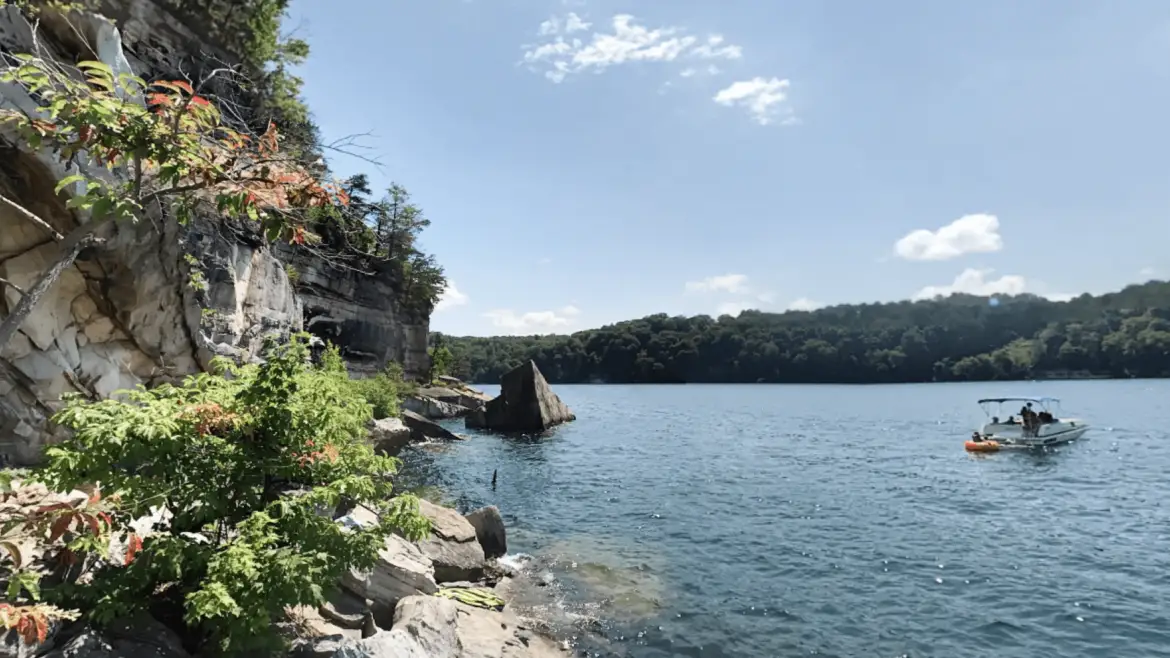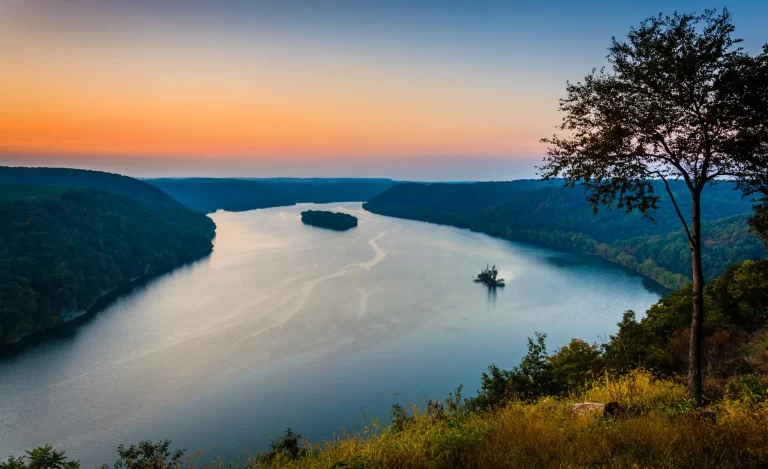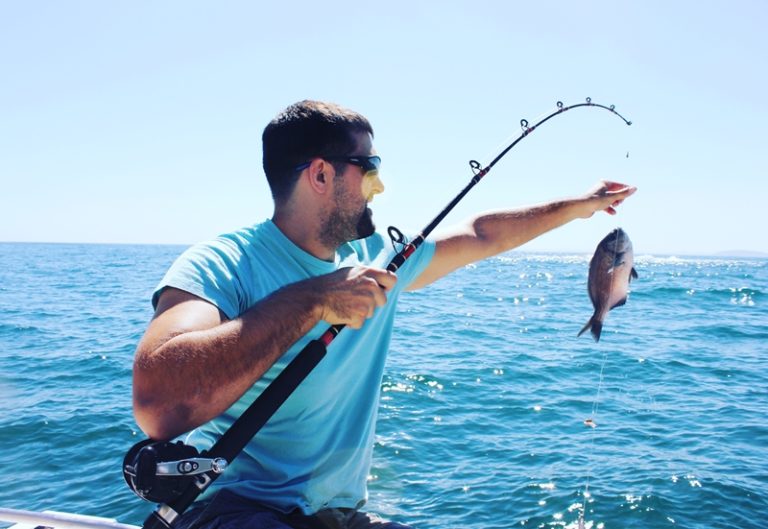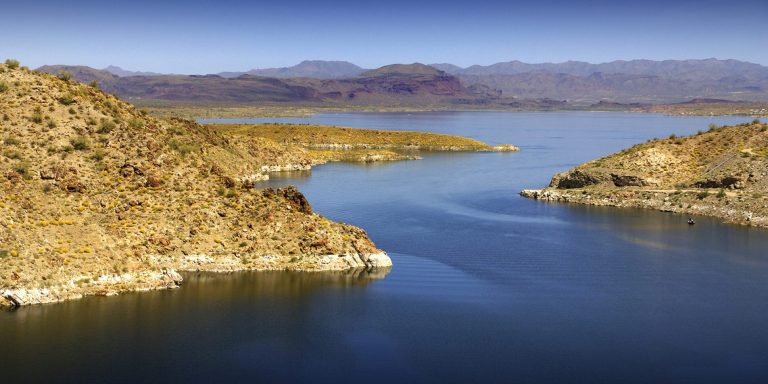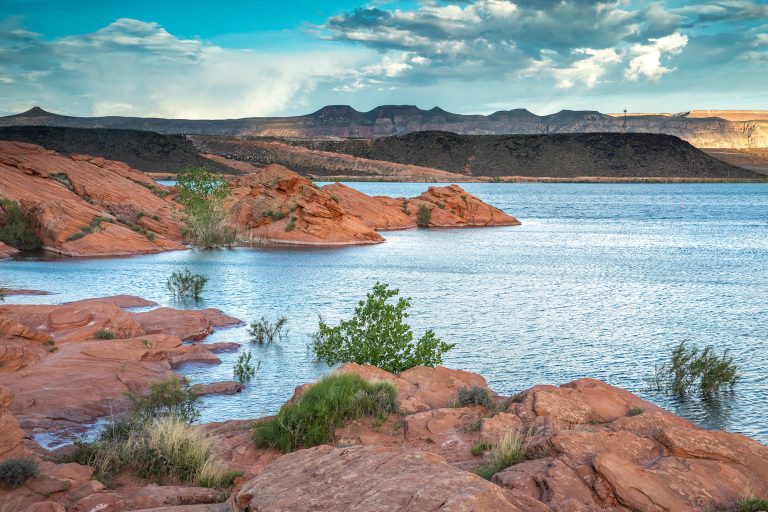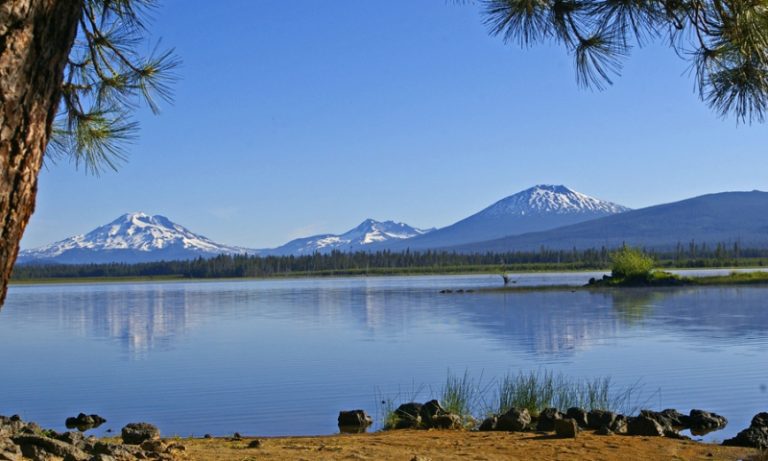The Outer Banks of North Carolina stands as one of America’s premier fishing destinations, offering anglers a diverse range of experiences from surf fishing along pristine beaches to offshore adventures in the legendary Gulf Stream. This 200-mile stretch of barrier islands provides year-round fishing opportunities with an impressive variety of species in both inshore and offshore waters. Whether you’re a seasoned angler or just starting out, the Outer Banks delivers world-class fishing in breathtaking settings.
Fishing License Requirements
Before heading out to fish in the Outer Banks, ensure you have the proper licensing. North Carolina requires different licenses depending on where and how you plan to fish:
- Coastal Recreational Fishing License (CRFL) is required for saltwater fishing in coastal waters
- Inland Fishing License is needed for freshwater fishing in sounds and rivers
- Unified Fishing License covers both inland and coastal waters
For detailed information on obtaining your North Carolina fishing license, including fees and exemptions, visit US Fishing Licenses. Non-residents can purchase short-term licenses for 10-day trips or annual passes.
1. Cape Point (Buxton)
Cape Point at Buxton stands as the crown jewel of Outer Banks fishing spots, where the Labrador and Gulf Stream currents converge to create a fishing paradise.
Why it’s exceptional: This dynamic meeting of currents creates a unique feeding ground that attracts an incredible variety of fish species throughout the year.
| Season | Primary Species | Fishing Method |
|---|---|---|
| Spring | Bluefish, Sea Mullet, Red Drum | Surf casting |
| Summer | Spanish Mackerel, Pompano, Sharks | Bottom fishing, lures |
| Fall | Red Drum (peak), Bluefish, King Mackerel | Surf casting, bait fishing |
| Winter | Striped Bass, Bluefin Tuna (offshore) | Heavy surf gear |
Cape Point requires a Beach Driving Permit from the National Park Service if you plan to access it by vehicle. The point can become crowded during peak fishing seasons, so arriving early is recommended.
Local tip: During the fall red drum run, anglers often line the point shoulder-to-shoulder for the chance at landing trophy-sized fish over 40 inches.
2. Oregon Inlet
Oregon Inlet serves as both a premier surf fishing location and the gateway to world-class offshore fishing in the Atlantic.
Fishing options:
- Surf fishing along the beaches near the inlet
- Fishing from the catwalk on Bonner Bridge
- Inshore charter fishing in the inlet waters
- Offshore charters departing from Oregon Inlet Fishing Center
| Target Species | Location | Best Time |
|---|---|---|
| Red Drum, Flounder, Speckled Trout | Inlet waters | Spring-Fall |
| Striped Bass | Bridge pilings | Winter |
| Bluefish, Spanish Mackerel | Surf zones | Spring-Summer |
| Billfish, Tuna, Mahi Mahi | Offshore (30+ miles) | Summer-Fall |
The Oregon Inlet Fishing Center offers charter services with experienced captains who know these waters intimately. For those preferring to fish from shore, the northern side of the inlet provides excellent access points.
3. Jennette’s Pier (Nags Head)
Jennette’s Pier stands as a state-of-the-art 1,000-foot concrete fishing pier in Nags Head, operated by the North Carolina Aquariums.
Key features:
- Educational programs and fishing workshops
- Rod and reel rentals
- Bait shop and tackle store
- Aquarium exhibits
- Clean restrooms and fish cleaning stations
This family-friendly pier is particularly welcoming to beginners while still productive enough for experienced anglers. The concrete construction allows it to remain open in conditions that might close wooden piers.
Target species: Spanish mackerel, bluefish, spot, sea mullet, flounder, red drum, and king mackerel.
Best time to visit: Spring through fall, with prime fishing in September and October when the fall runs begin.
4. Pamlico Sound
The Pamlico Sound represents North Carolina’s largest inshore fishing ground, offering protected waters that are ideal for fishing regardless of ocean conditions.
Why it’s special: This shallow, brackish ecosystem creates the perfect habitat for numerous gamefish, particularly along the grass flats, channels, and oyster beds.
| Area | Target Species | Technique |
|---|---|---|
| Grass flats | Speckled Trout, Redfish | Light tackle, popping corks |
| Channels | Flounder, Sheepshead | Bottom fishing, jigs |
| Oyster beds | Black Drum, Redfish | Live bait |
| Deep holes | Striped Bass (winter) | Jigging |
Access points include public boat ramps in Hatteras, Ocracoke, and Rodanthe. Several fishing guides specialize in Pamlico Sound fishing, providing boats, equipment, and expertise for half-day or full-day trips.
For current regulations on species like redfish and flounder, check the NC Division of Marine Fisheries.
5. Avon Pier
Avon Pier extends 600 feet into the Atlantic Ocean and has been a fixture in the Outer Banks fishing scene since 1963.
Pier amenities:
- Well-maintained wooden structure
- Bait and tackle shop
- Rod rentals
- Covered seating areas
- Experienced staff who provide fishing tips
The pier’s location in the central Outer Banks positions it perfectly for catching migrating fish in spring and fall. King mackerel tournaments are held annually, drawing competitive anglers from across the region.
Target species: King mackerel, spanish mackerel, bluefish, pompano, sea mullet, spot, and red drum.
Insider tip: Fish the end of the pier during high tide for the best shot at larger species like king mackerel and cobia.
6. The Gulf Stream
Located approximately 30-40 miles offshore from the Outer Banks, the Gulf Stream offers world-class big game fishing that earned the region its nickname: “The Billfish Capital of the World.”
| Species | Peak Season | Average Size |
|---|---|---|
| Blue Marlin | June-September | 200-400 lbs |
| White Marlin | August-October | 60-80 lbs |
| Sailfish | July-September | 30-50 lbs |
| Yellowfin Tuna | April-June, Sept-Nov | 40-80 lbs |
| Bluefin Tuna | January-March | 100-600+ lbs |
| Mahi Mahi | April-October | 15-30 lbs |
| Wahoo | August-October | 30-50 lbs |
Accessing the Gulf Stream requires booking a charter from marinas like Oregon Inlet Fishing Center, Hatteras Harbor, or Pirate’s Cove. Full-day offshore charters typically run 10-12 hours and should be booked well in advance during peak season.
The Oregon Inlet Fishing Center offers reliable charter services with experienced captains.
7. Frisco Pier Beach
Though the original Frisco Pier was damaged beyond repair in hurricanes, the beach where it once stood remains an exceptional surf fishing location, now managed by the National Park Service.
Why anglers love it:
- Less crowded than Cape Point
- Natural slough formation creates ideal fishing conditions
- Accessible without 4WD vehicles
- Nearby tackle shops and amenities
The beach features a natural deep trough that runs parallel to shore, creating perfect habitat for numerous species. This structure holds baitfish and attracts predators within casting distance from shore.
Target species: Red drum, bluefish, sea mullet, pompano, and shark.
Best times: Spring and fall for migratory species, with September-November being particularly productive for red drum.
8. Rodanthe Pier
Rodanthe Pier stretches 700 feet into the Atlantic and is known for consistent action even when other areas are slow.
Notable features:
- Family-owned operation with friendly atmosphere
- Tackle shop with equipment and bait
- Covered seating areas
- Less crowded than some other piers
- Beautiful views of Hatteras Island
The pier’s northern location on the Outer Banks positions it perfectly for intercepting fish as they migrate along the coast. King mackerel are frequently caught here, especially in fall.
Target species: King mackerel, spanish mackerel, bluefish, red drum, speckled trout, and flounder.
Expert tip: Fish the pilings at the pier’s end, where structure attracts baitfish and the predators that feed on them.
9. Currituck Sound
The Currituck Sound in the northern Outer Banks offers a distinctive fishing experience with its lower salinity waters that support both freshwater and brackish species.
Access points:
- Duck Town Park
- Currituck Heritage Park
- North Carolina Wildlife Resources Commission boat ramps
- Various vacation rental properties with private docks
Target species: Largemouth bass, crappie, white perch, catfish, and seasonally, striped bass and red drum.
For the most up-to-date fishing regulations in these waters, consult the North Carolina Wildlife Resources Commission.
Best approach: Small boats, kayaks, or fishing from docks and shorelines with light to medium tackle and live bait.
10. Bodie Island Flats
The shallow waters around Bodie Island create an exceptional wade fishing and kayak fishing destination that’s often overlooked by visitors focusing on ocean fishing.
What makes it special:
- Protected waters accessible in most weather conditions
- Clear flats that allow sight-fishing opportunities
- Less fishing pressure than more popular locations
- Beautiful natural setting within Cape Hatteras National Seashore
| Location | Target Species | Best Technique |
|---|---|---|
| Grass flats | Red Drum, Speckled Trout | Popping corks, soft plastics |
| Channel edges | Flounder | Bottom fishing with live bait |
| Oyster beds | Sheepshead, Black Drum | Fiddler crabs, sand fleas |
| Creek mouths | Various species | Moving tide periods |
Access is available via several unmarked pull-offs along Highway 12 south of the Oregon Inlet Bridge. A kayak or wade fishing gear allows you to reach the most productive areas.
Seasonal Fishing Guide
To maximize your fishing success in the Outer Banks, timing your trip to coincide with peak seasons for your target species is crucial.
| Season | Primary Species | Top Locations |
|---|---|---|
| Winter (Dec-Feb) | Bluefin Tuna, Striped Bass | Oregon Inlet, Gulf Stream, Pamlico Sound |
| Spring (Mar-May) | Red Drum, Bluefish, Sea Mullet, Yellowfin Tuna | Cape Point, Oregon Inlet, Jennette’s Pier |
| Summer (Jun-Aug) | Spanish Mackerel, Pompano, Billfish, Mahi Mahi | Piers, Gulf Stream, Sound flats |
| Fall (Sep-Nov) | Red Drum, King Mackerel, Speckled Trout, Spot | Cape Point, Frisco Beach, Avon Pier |
The fall season is widely considered the prime time for Outer Banks fishing, as multiple species are migrating and feeding heavily in preparation for winter.
Conservation and Regulations
Fishing regulations in the Outer Banks are designed to maintain healthy fish populations for future generations. Always check the latest rules before your trip:
- Size and creel limits change seasonally
- Some species have specific seasons or are catch-and-release only
- Circle hooks are required for certain types of fishing
For the most current regulations, visit the North Carolina Division of Marine Fisheries.
Conservation tip: Practice catch and release with proper techniques when possible, particularly for larger breeding-sized fish that help sustain populations.
Final Thoughts
The Outer Banks offers an unparalleled diversity of fishing experiences, from casting into the surf at Cape Point to battling billfish offshore in the Gulf Stream. Each location has its own character and fishing opportunity, allowing anglers to experience something different every day of their visit.
Before planning your trip, check with local bait shops or fishing reports for the latest conditions. Weather and water temperatures can significantly impact fishing patterns throughout the year.
Whether you’re seeking a trophy catch or simply enjoying time on the water, the Outer Banks provides the perfect backdrop for creating lasting fishing memories.
